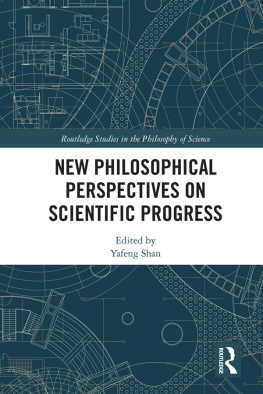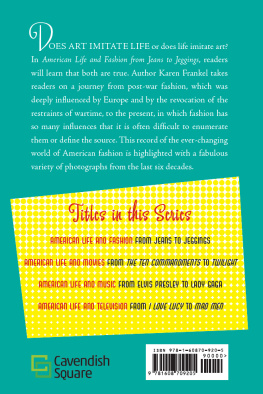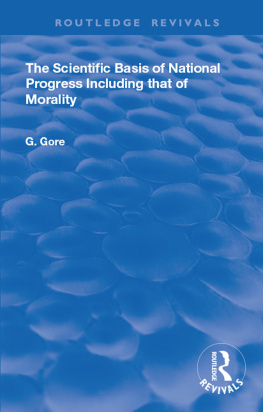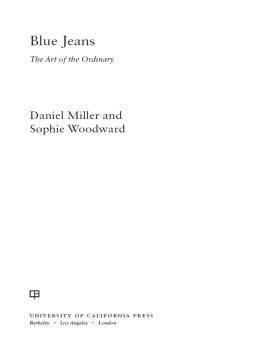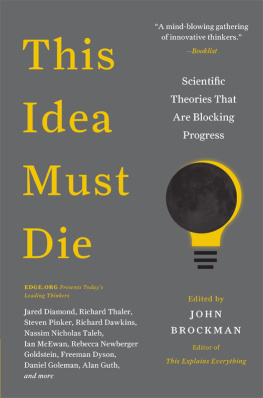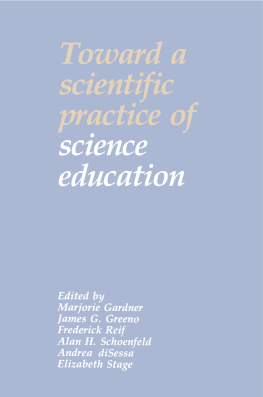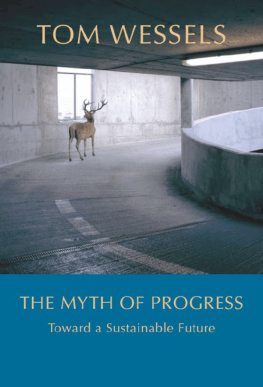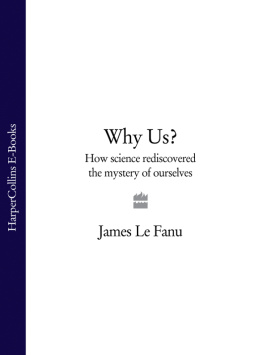First published in 1936
This edition first published in 2014
by Routledge
2 Park Square, Milton Park, Abingdon, Oxon, OX14 4RN
and by Routledge
711 Third Avenue, New York, NY 10017
Routledge is an imprint of the Taylor & Francis Group, an informa business
1936 George Allen & Unwin Ltd.
All rights reserved. No part of this book may be reprinted or reproduced or utilised in any form or by any electronic, mechanical, or other means, now known or hereafter invented, including photocopying and recording, or in any information storage or retrieval system, without permission in writing from the publishers.
Trademark notice: Product or corporate names may be trademarks or registered trademarks, and are used only for identification and explanation without intent to infringe.
British Library Cataloguing in Publication Data
A catalogue record for this book is available from the British Library
ISBN: 978-0-415-73519-3 (Set)
eISBN: 978-1-315-77941-6 (Set)
ISBN: 978-1-138-01359-9 (Volume 11)
eISBN: 978-1-315-77929-4 (Volume 11)
Publishers Note
The publisher has gone to great lengths to ensure the quality of this book but points out that some imperfections from the original may be apparent.
Disclaimer
The publisher has made every effort to trace copyright holders and would welcome correspondence from those they have been unable to trace.
SIR HALLEY STEWART LECTURE, 1935
SCIENTIFIC PROGRESS
by
Sir James Jeans, F.R.S.
Sir William Bragg, O.M., F.R.S.
Professor E. V. Appleton, F.R.S.
Professor E. Mellanby, F.R.S.
Professor J. B. S. Haldane, F.R.S.
Professor Julian Huxley
Illustrated
LONDON
George Allen & Unwin Ltd
MUSEUM STREET
A LARGE part of science is purely utilitarian; in the jargon of popular journalism, it is concerned with harnessing the forces of Nature to the service of man. We find out what we can about the workings of Nature in order that our lives may be richer, more pleasurable, more comfortable, and more painless. But there are other branches of science which are purely intellectual; they try to understand, rather than to harness, the forces of Nature; their contribution is to gratify our intellectual curiosity as to the universe in which our lives are cast, and help us assess and understand our relation to that universe.
Until quite recently, these sciences, and indeed science as a whole, appeared to be continually hostile to mans good opinion of himself. Time after time new scientific knowledge compelled him to reconsider his beliefs as to his own position and importance in the universe, and each revision of his views proved very damaging to his self-esteem. But my main thesis to-day will be that, within the last few years, the tide has turned. We are now entitled to think rather better of our position in the universe than seemed possible one or two decades ago.
Let us briefly survey the outstanding landmarks in the history of this problem. We need not spend time over the speculations of remote antiquity; these were not scientific at all, and merely betrayed humanity into believing what it most wished to believeinto building for itself a city of dream-castles, so designed as to form a pleasant refuge from the injustices, disappointments, and perplexities of everyday life. Let us rather begin with the publication of a bookDe Revolutionibus Orbium Coelestiumby a Polish monk, Copernicus, in 1543. In this book Copernicus argued that the sun does not move round the earth, but the earth round the sun. It was not a new thesis; Aristarchus of Samos had said the same thing 1,800 years earlier. His views had not, however, obtained any measure of general acceptance, so that at the time when Copernicus book appeared most men thought of this little earth of ours as the centre of the whole universe, the sun and myriads of stars existing for no purpose but to circle round it, and dance attendance on it. The new theories of Copernicus opened the road to our present knowledgethat the earth is only a tiny speck of dust, circling with other specks of dust round a sun which, although a million times bigger than our earth, is yet only a grain of sand in the vastness of space. We know now that there are about as many stars in space as there are grains of sand on all the sea-beaches in the world; our home in the universe is only a minute fragment broken loose, like many others, from one such grain of sand.
The arguments of Copernicus might well have fallen on barren soil, like those of Aristarchus eighteen hundred years earlier, had not the telescopic discoveries of Galileo provided visual confirmation of their truth, or at least of their extreme plausibility.
Something else, too, came to their support a better understanding of the workings of Nature. This originated in the first instance in the researches of Galileo, and his famous experiments performed on, or rather off, the leaning tower of Pisa, but as our landmark we may suitably choose the publication of a second book, Sir Isaac Newtons Principia Mathematica, in 1686. In this Newton explained his law of gravitation, and when once the significance of this law was fully understood, it became exceedingly difficult to deny the Copernican cosmology. Efforts were still made to explain it away as a mere conjectural hypothesis, an alternative to the pre-Copernican views which had placed the earth at the centre of the universe, but, in the light of the theory of gravitation, each new astronomical observation became a witness to the truth of the Copernican theory and to the untenability of all opposing theories.
Looked at in its broad implications, the law of gravitation was important, not so much because it told us why an apple fell to the ground, or why the earth and planets moved round the sun, as because it suggested that the whole of Nature was governed by hard and fast laws. For instance, to the ancients comets had been fearsome portents of evil, of famines or pestilences, of wars or the death of kings; seen in the light of Newtons work, they became mere inert chunks of matter, following their predestined paths as they were dragged about in space by the gravitational pull of the sun. Clearly, their motions could have nothing to do with the deeds or misdeeds of men. In the same way, darkness spread over the earth at an eclipse of the sun, not because the gods were angry with men, but because gravitation had pulled the moon into a position in which it temporarily shut off the suns lighta position to which it had been predestined from the beginning of time. The tyranny of superstition and magic was broken, and Nature became something to study, not something to fear. Man began to see that he was free to work out his own destiny without fear of disturbance from interfering gods, spirits, or demons.




